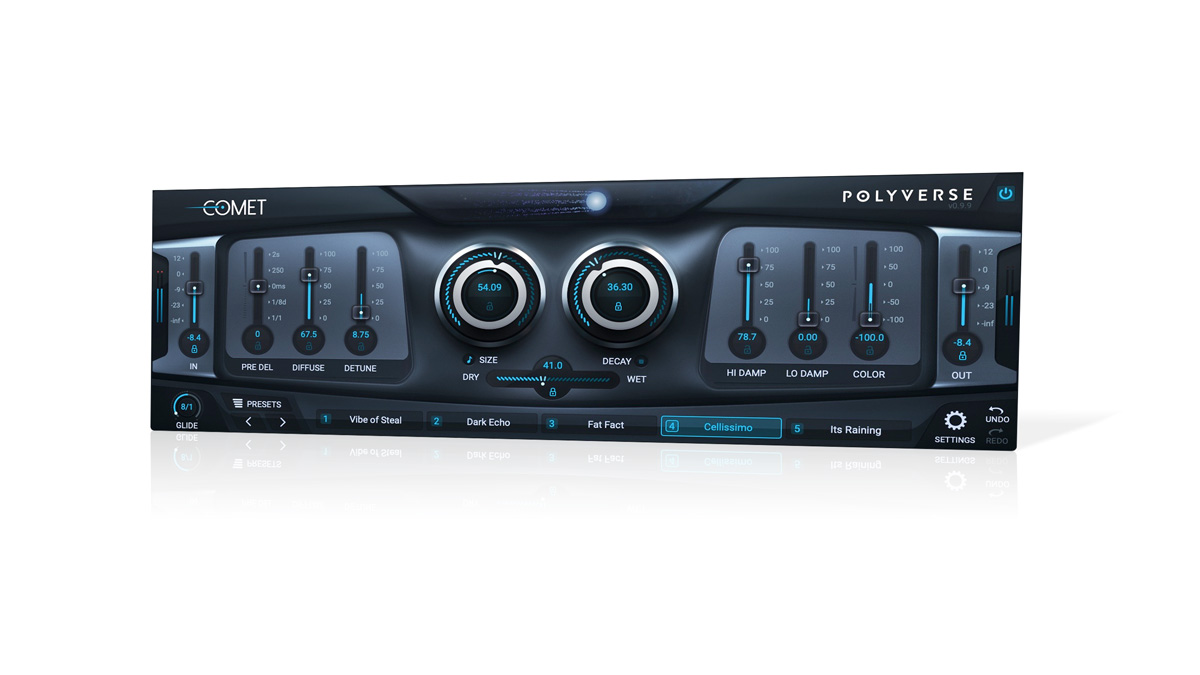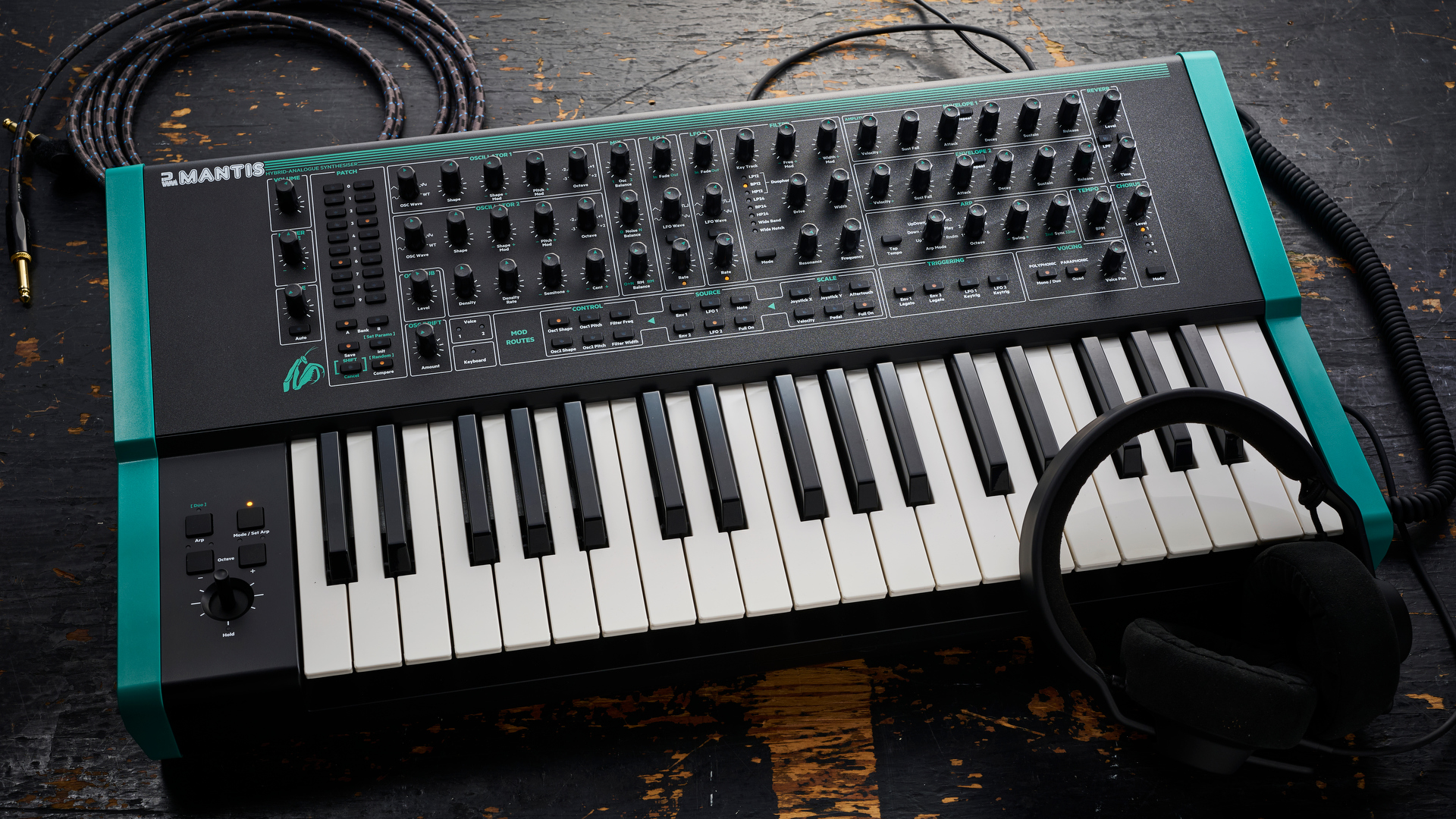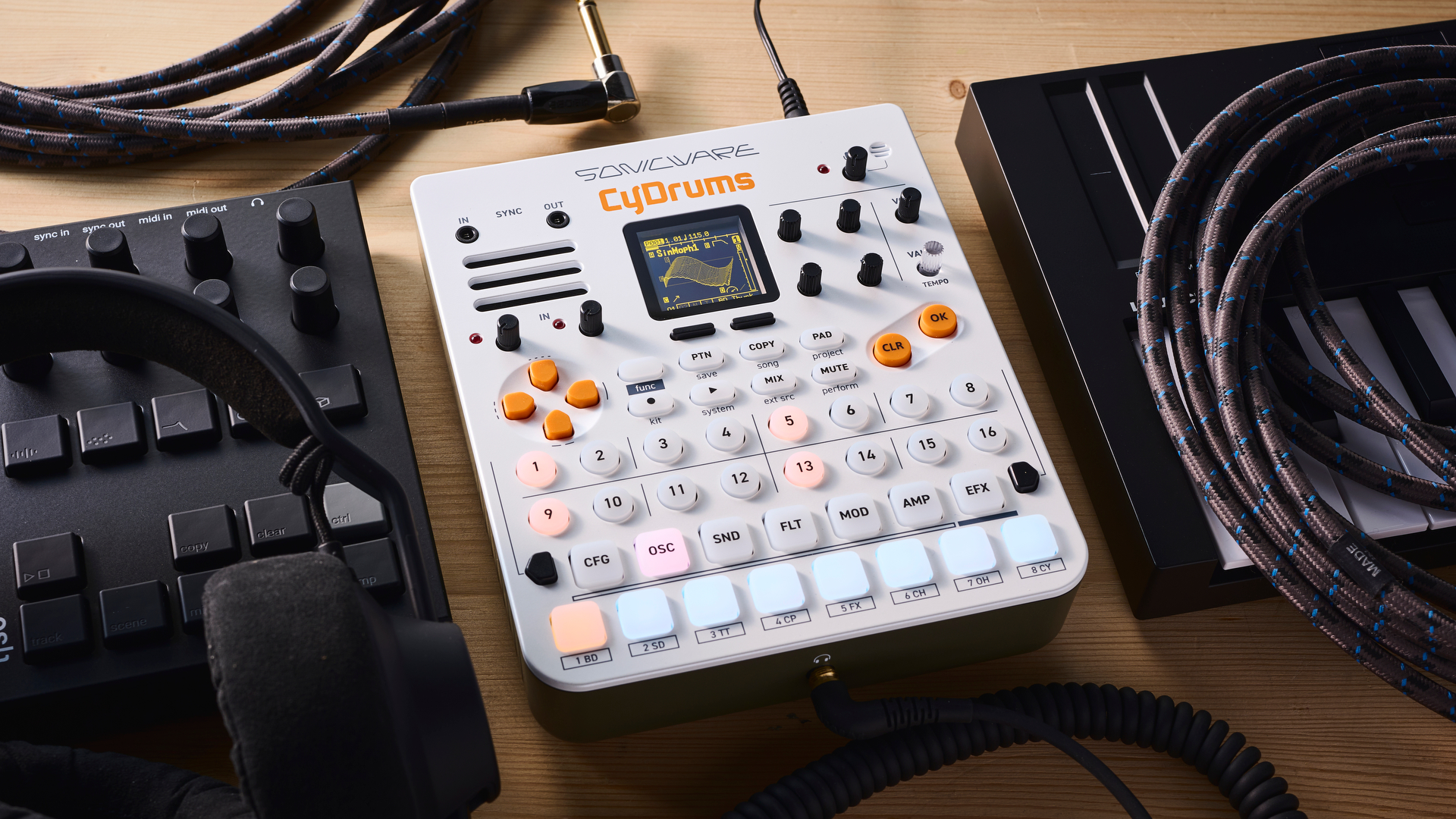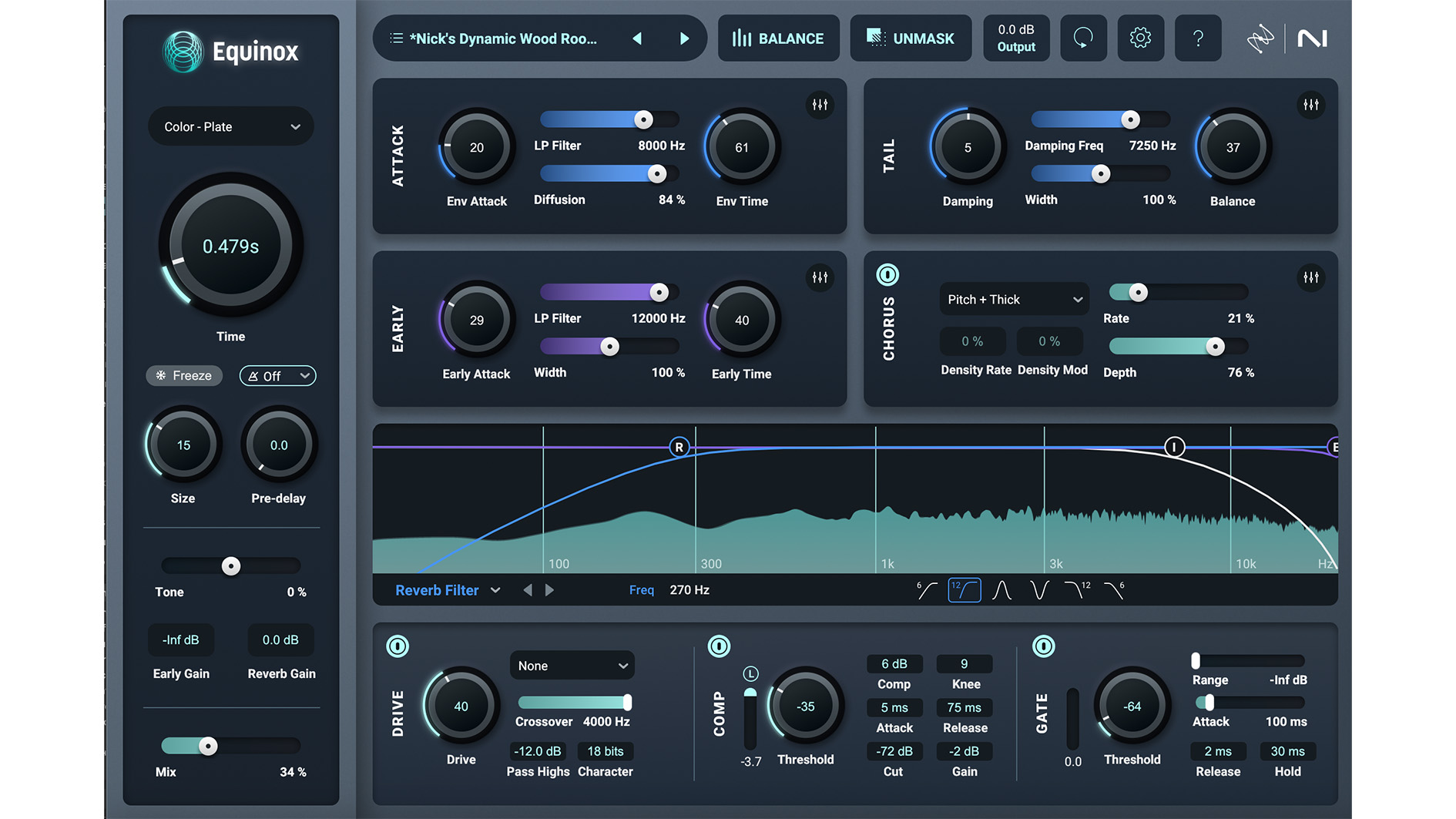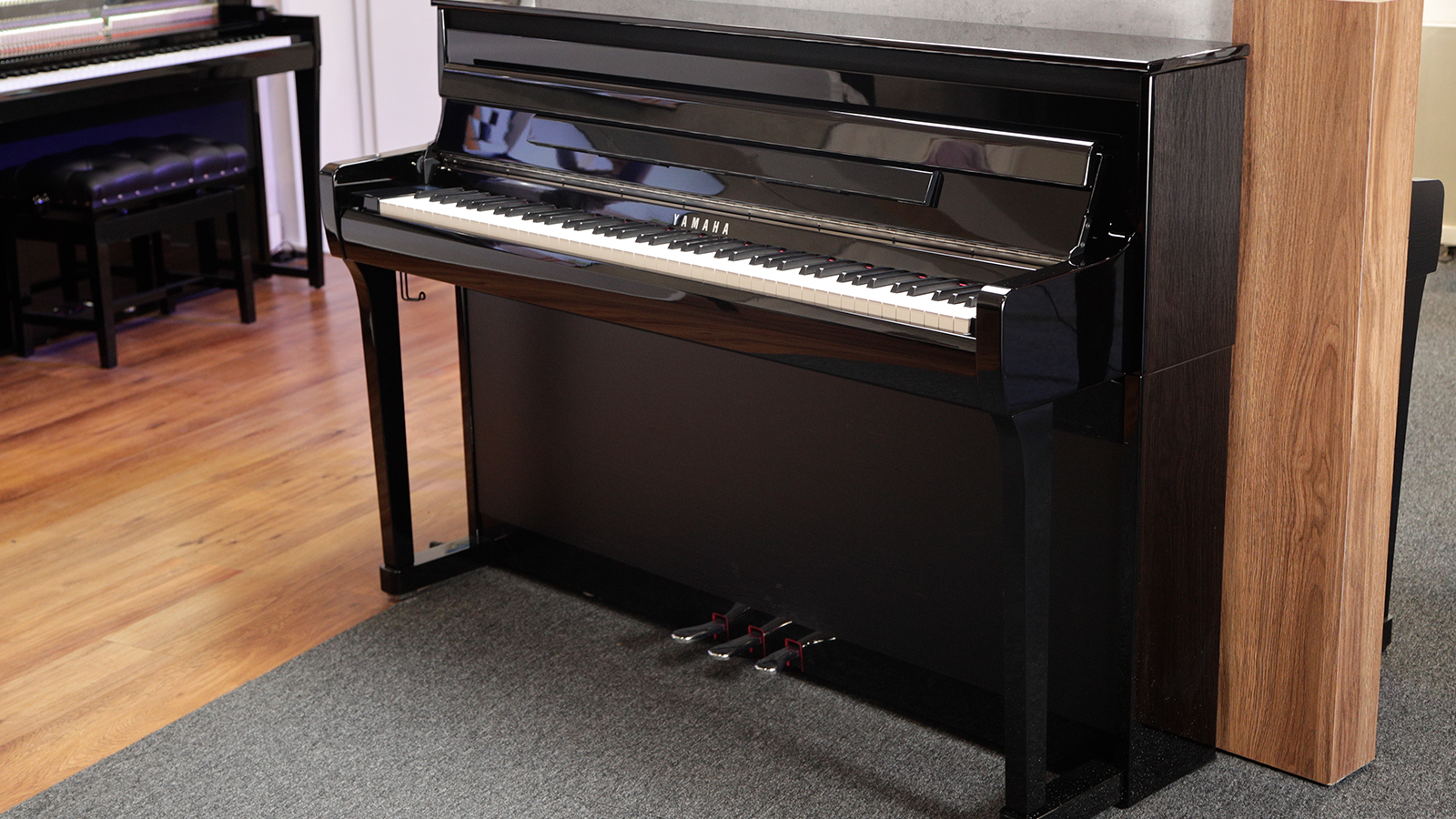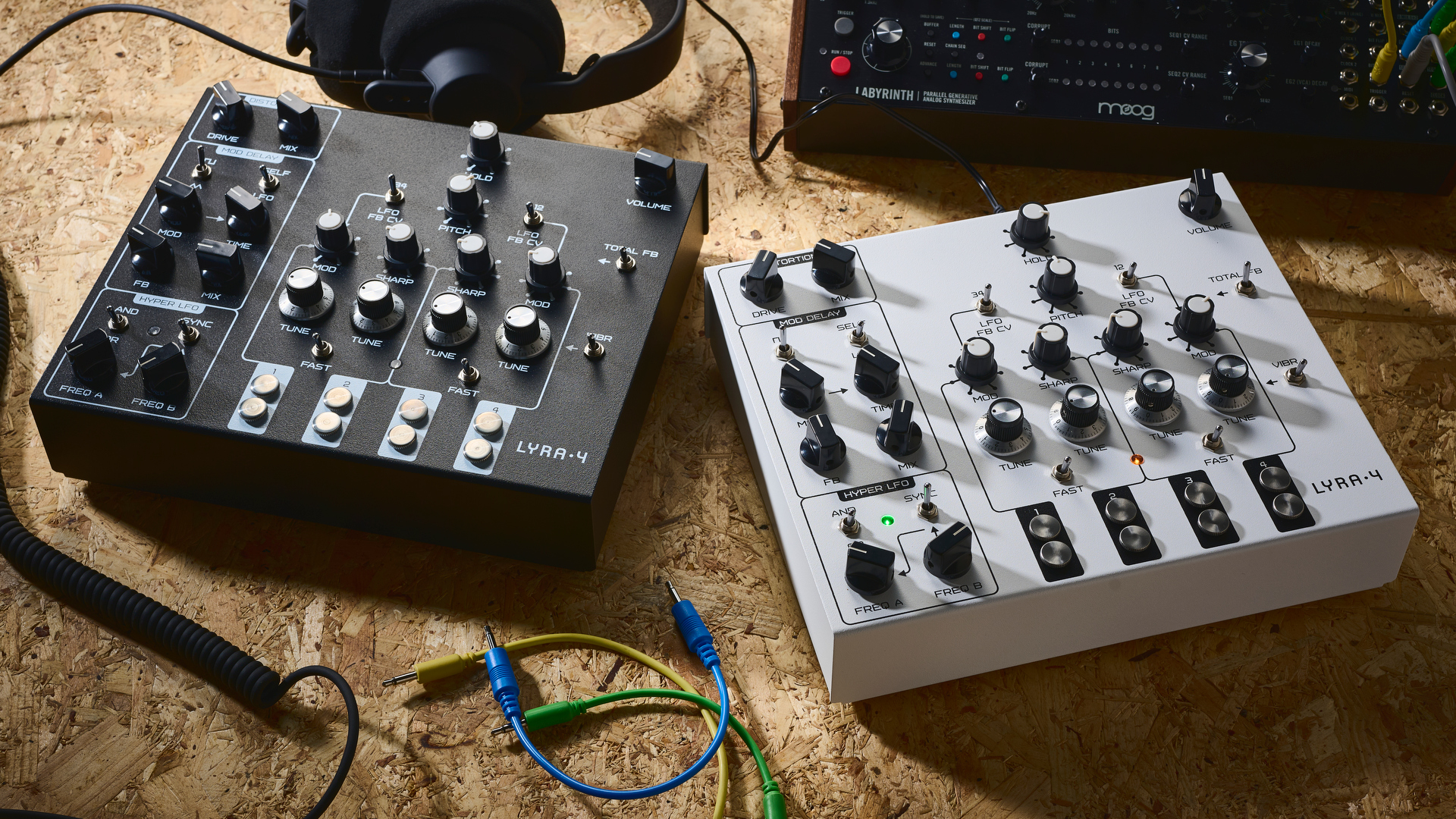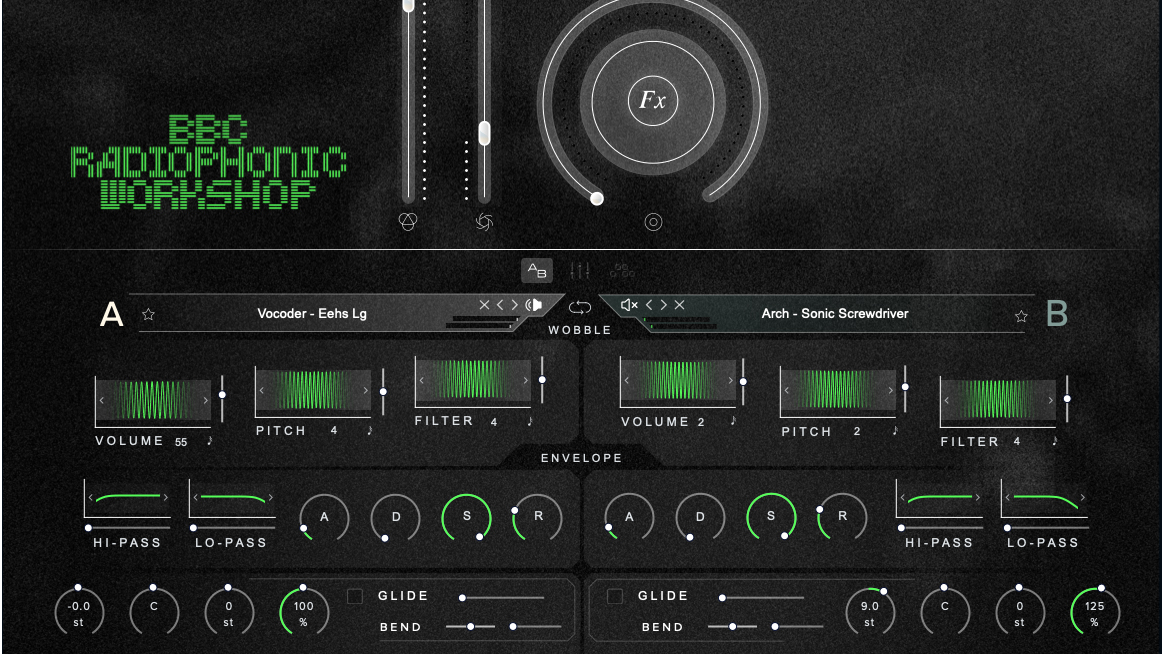MusicRadar Verdict
Comet is exceptionally rich, fluid, smooth and epic.
Pros
- +
Pre-Delay control is cleverly implemented.
Cons
- -
Very few.
MusicRadar's got your back
This unique ‘morphing’ algorithmic reverb isn’t intended to be a convincing model of any particular real-world space, as Is made apparent by the range of the Size control, which runs from 1 cubic centimetre to 1 cubic kilometre, and the infinite 100% Decay time setting.
The Pre-Delay control is cleverly implemented, sliding up from centre for up to 2000ms of delay, or downwards for tempo-synced settings up to 1/1, while the Diffuse slider adjusts the density of the late reflections, and Detune applies impressively enriching pitch modulation of the feedback path. On the right, the Hi and Lo Damp controls introduce filtering, and Color governs a tilt EQ.
That morphing thing, then. Adjusting the Glide control sets the amount of time - from 0.15-30s unsynced, or 1/16 to 16/1 synced - it takes for any parameter adjustment to complete, as indicated by the animated ‘tail’ that lags behind every control as it’s swept. This enables supremely smooth automated transitions between parameter states, and by automated or MIDI-triggered switching through the five discrete presets stored in the slots at the bottom, all kinds of spectacular reverb melts, mutations and pitching movements are possible.
It’s a fantastic system, and sound designers will have a ball with it, but we wish it could be bypassed when editing presets, as waiting two seconds for a Decay tweak that you just want to hear right now is maddening, and we shouldn’t have to constantly raise and lower the Glide time to work around it. Also, as it stands, all parameters move at the same Glide rate, so some kind of Glide multiplier or offset control for each one would be great. However, the ability to ‘play’ the Size control and kill the Decay via MIDI note input is a nice touch.
In terms of overall sound, Comet is exceptionally rich, fluid, smooth and epic, and we’d have no hesitation in wholeheartedly recommending it on that basis alone. Factor in the morphing, though, and the sounds you can make with it become quite breathtaking.
Computer Music magazine is the world’s best selling publication dedicated solely to making great music with your Mac or PC computer. Each issue it brings its lucky readers the best in cutting-edge tutorials, need-to-know, expert software reviews and even all the tools you actually need to make great music today, courtesy of our legendary CM Plugin Suite.
“A synthesizer that is both easy to use and fun to play whilst maintaining a decent degree of programming depth and flexibility”: PWM Mantis review
“I feel like that song had everything we needed to come back with”: Bring Me The Horizon’s Lee Malia on Shadow Moses, its riff and the secrets behind its tone, and why it was the right anthem at the right time
“I said, ‘Are we sure we can write a song about death?’”: The story of Mike + The Mechanics' classic No.1 The Living Years
